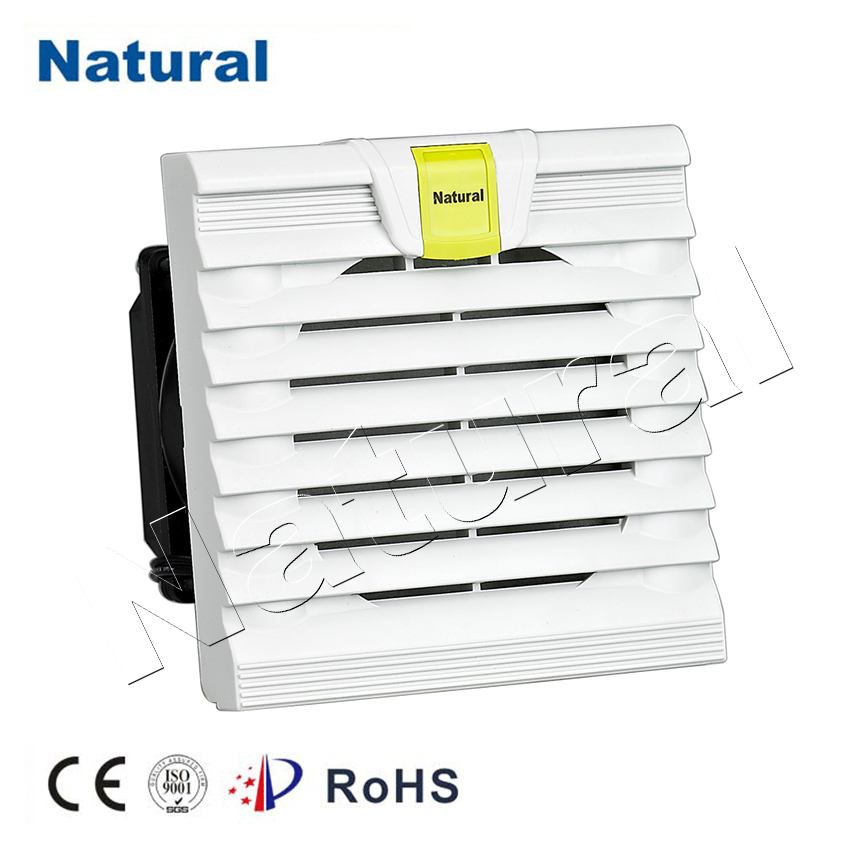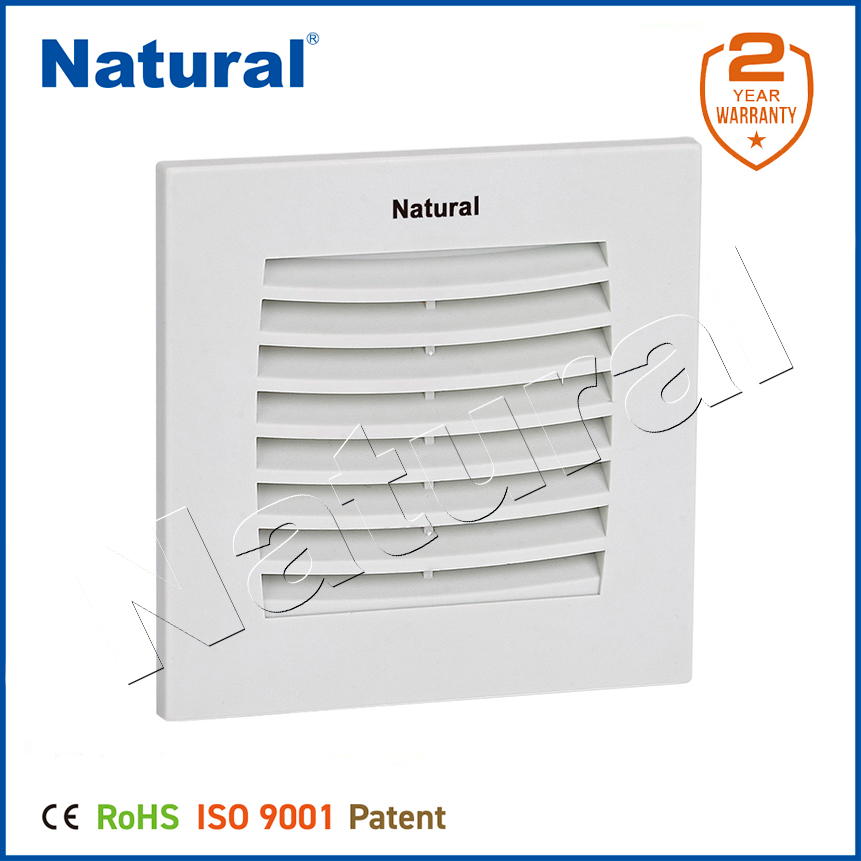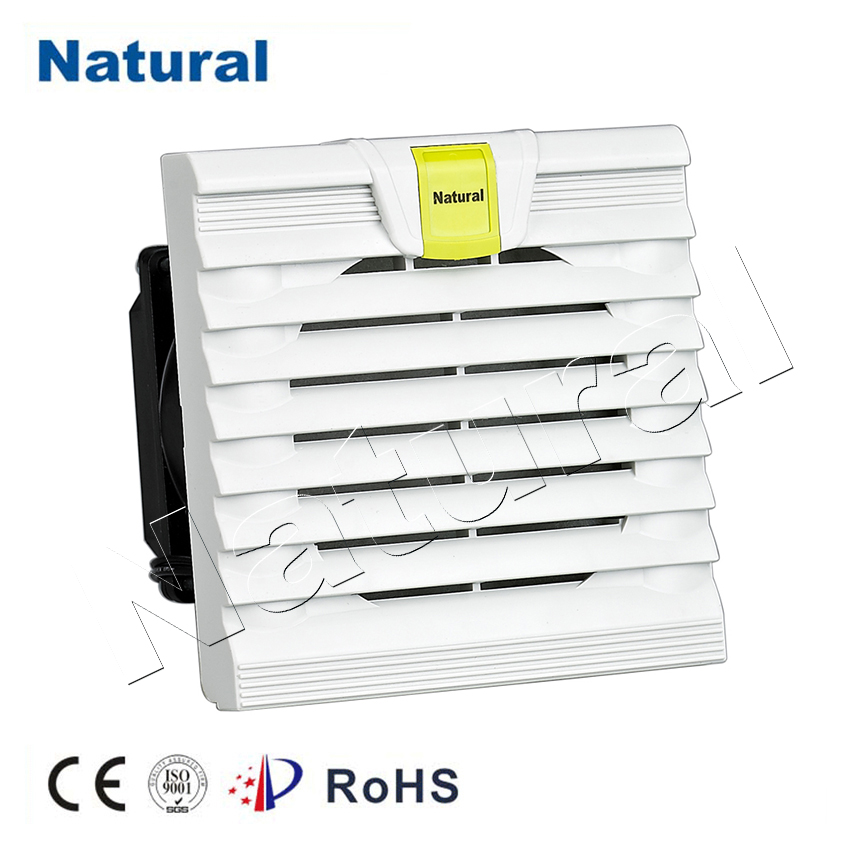In the realm of indoor air quality, the cabinet filter often plays a crucial role, yet it remains a relatively unrecognized hero. Its significance lies in its ability to trap and remove large particles from the air, thereby enhancing the overall health and comfort of indoor environments.

The cabinet filter, as its name suggests, is typically housed in a cabinet-like structure that is designed to fit into the ductwork of a ventilation system. Its primary function is to act as a barrier against dust, debris, and other larger particles that may be carried through the air. By trapping these particles, the cabinet filter helps to maintain the cleanliness of the air within a building, whether it be a home, office, or industrial facility.

The effectiveness of a cabinet filter depends largely on the type of filter media used and its MERV (Minimum Efficiency Reporting Value) rating. MERV ratings indicate the filter’s ability to capture particles of varying sizes, with higher ratings corresponding to better particle capture. Selecting the appropriate cabinet filter for a specific application is crucial to ensure optimal performance and air quality. Moreover, the design and construction of the cabinet filter itself contribute to its efficiency. A well-designed filter will have a large surface area to maximize particle capture while maintaining low airflow resistance. This ensures that air can flow freely through the filter without significant pressure drop, which can affect the overall performance of the ventilation system.
